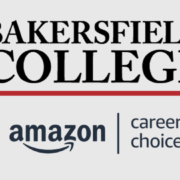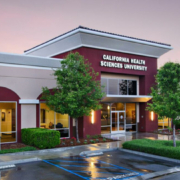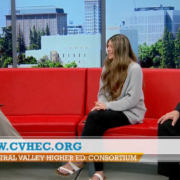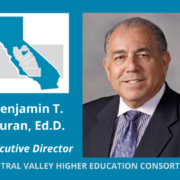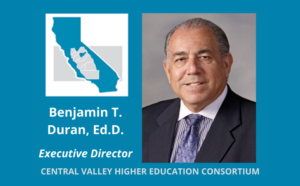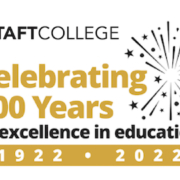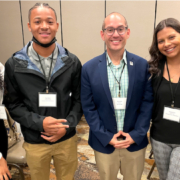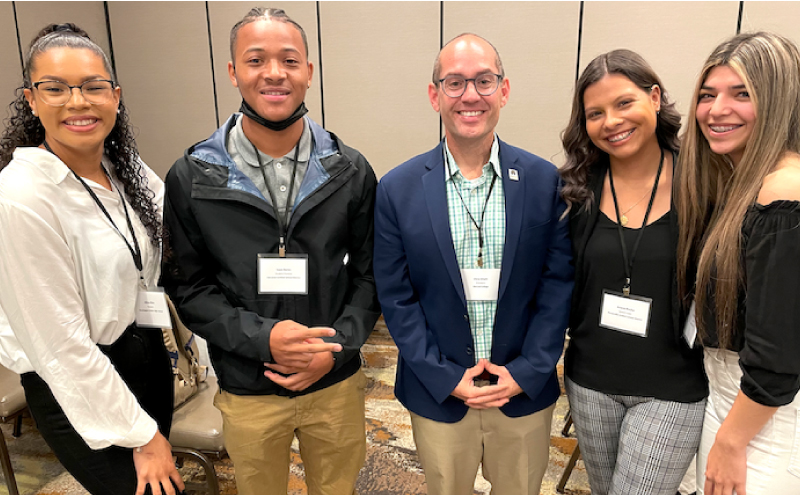By EMMA GALLEGOS – Bakersfield.com
Feb 26, 2022
To mark its 100 years in the community, Taft College will be having a big party.
There have been and will continue to be events commemorating the 100th birthday all year, including a breakfast in January and a barbecue coming up in August. But March 26 will serve as the marquee event of the season: the Centennial Celebration Gala.
“We’re looking forward to dressing up and celebrating the college in our community,” said Taft College President and Superintendent Debra Daniels.
It will be an evening of music and good food, and also a time for alumni and community members to share their memories. Former offensive line coach for the New England Patriots Dante Scarnecchia will return to his alma mater as a special guest for the evening.
Taft College prides itself on being a small college that punches above its weight. This semester its unduplicated headcount is at 2,636.
That’s certainly true when it comes to athletic prowess. Scarnecchia is just one in a long line of alumni with impressive records that have taken them to the Olympics, NFL and MLB.
But Daniels said that just scratches the surface: One million people have been students of Taft College. They work in the college and serve as leaders in the community.
She says you can just look no further than the district’s board: president Kathy Cole and trustee Kathy Orrin, who also serves as executive director of the Taft Chamber of Commerce, are both alumni. Others include Bo Bravo, who works for Chevron, and Janice Ashley, who serves on the West Side Health Care District.
But Taft College’s origins are very humble. Like many of the oldest community colleges in California, Taft College’s first act began as a junior college that was essentially an extension of the high school.
On Aug. 30, 1922, Taft Union High School approved Taft Junior College, making it the 16th in California. The first faculty members were the heads of the high school departments, and the first dean was the high school principal.
Even 100 years ago, it was advertised not only as a way to save money on college expenses, but also as a way for parents to keep a closer eye on their young adult children.
“The fact that the student may be kept under the parental eye for two more years than is ordinarily the case and that the expense of text books and board is also saved is a large factor in making the junior college course desirable,” read a front-page article in The Bakersfield Californian.
On the first day of school, Sept. 15, there were 20 students enrolled at Taft Junior College. The first courses offered were in Spanish, French, Latin, algebra, geometry, trigonometry, calculus, physics, chemistry, astronomy, geography, public speaking, history, philosophy, economics, political science, hygiene and physical education.
The junior college would grow exponentially, especially after World War II, to the point that it required its own facilities and dorms, independent of the high school system. In 1962, it officially became an independent college district. In 1971, it would take on the name we know it by today: the West Kern Community College District.
The district has gone through highs and lows: the price of oil, California’s budget or bond measures funded by the community determined the fate of the campus. During a particularly painful period in the early 1990s, all athletic programs were cut. Most of them, save for the football and track programs, were eventually brought back.
It was during this lean period that the Taft College Foundation was formed. Since 1991, it has raised more than $5 million to support the district’s goals. It helped the college in key moments, such as securing the loan for the facility where the dental hygiene program was launched in 1993. Today it helps the college in a variety of ways, including through offering emergency funds for students or innovation grants for professors, Daniels said.
Bond measures have been key through the years. In 1961, a tax election for 50 cents was roundly defeated while the college was still under the auspices of the high school district. But in 1964, the newly-created district passed a 13.5-cent tax override with strong support. Subsequently, the campus was able to massively expand its infrastructure.
In 2004, the community supported Measure A, a $39.8 million general obligation bond measure. It funded the modernization or construction of new buildings, including the Student Center. It opened at the beginning of this school year, just days before students arrived on campus after almost two years in distance learning.
Education is a big piece of how the college gives back to the community, Daniels said.
“They start businesses, and they become great employees,” Daniels said.
For local students it literally is a gift through the Taft College Promise. All Taft Union and Maricopa High School students attend their first two years for free, and they are offered wraparound services such as counseling that make them more likely to succeed.
But Daniels said that Taft College is also one of the largest employers in the area. It provides jobs and contracts with local vendors. The college has always had strong support from the community.
“They come out to our events and take an interest in our school,” Daniels said.
She said she’s looking forward to welcoming the community for the Centennial festivities.
The Centennial Celebration Gala will be held at Taft College Student Center on March 26. The pre-party mixer will begin at 5:30 p.m. and the gala will start at 6:30. Tickets are $100 and can be purchased at https://bit.ly/3GoGplt
Reprinted from the Bakersfield.com.
 The report “provides an overview of the state of dual enrollment in the eight-county Central Valley region, with a focus on the nine college/high school dual enrollment partnerships in the service areas of the community foundations. Together, these partnerships represent nine community colleges and over 70 school districts, high schools, and charter schools.”
The report “provides an overview of the state of dual enrollment in the eight-county Central Valley region, with a focus on the nine college/high school dual enrollment partnerships in the service areas of the community foundations. Together, these partnerships represent nine community colleges and over 70 school districts, high schools, and charter schools.”

